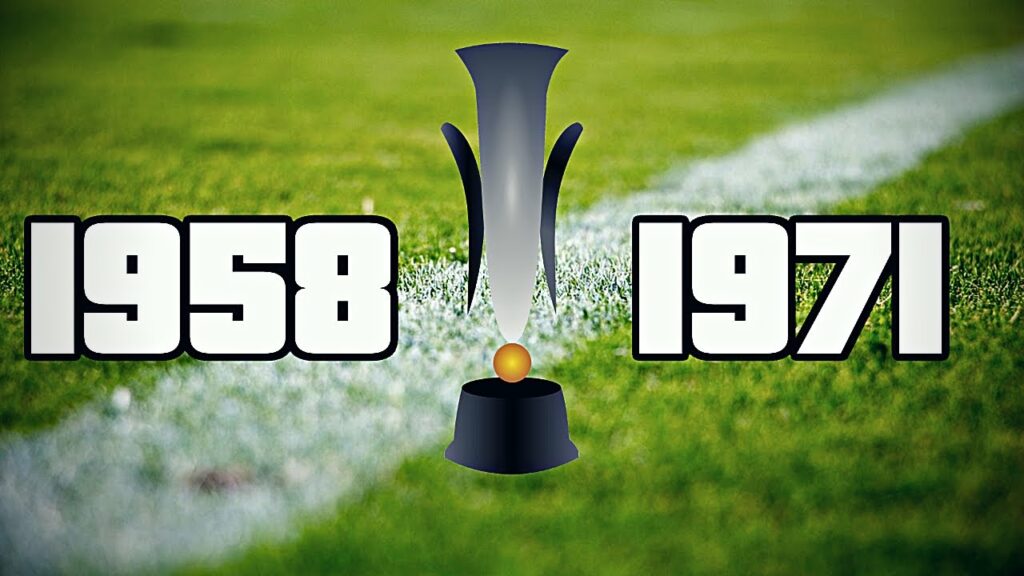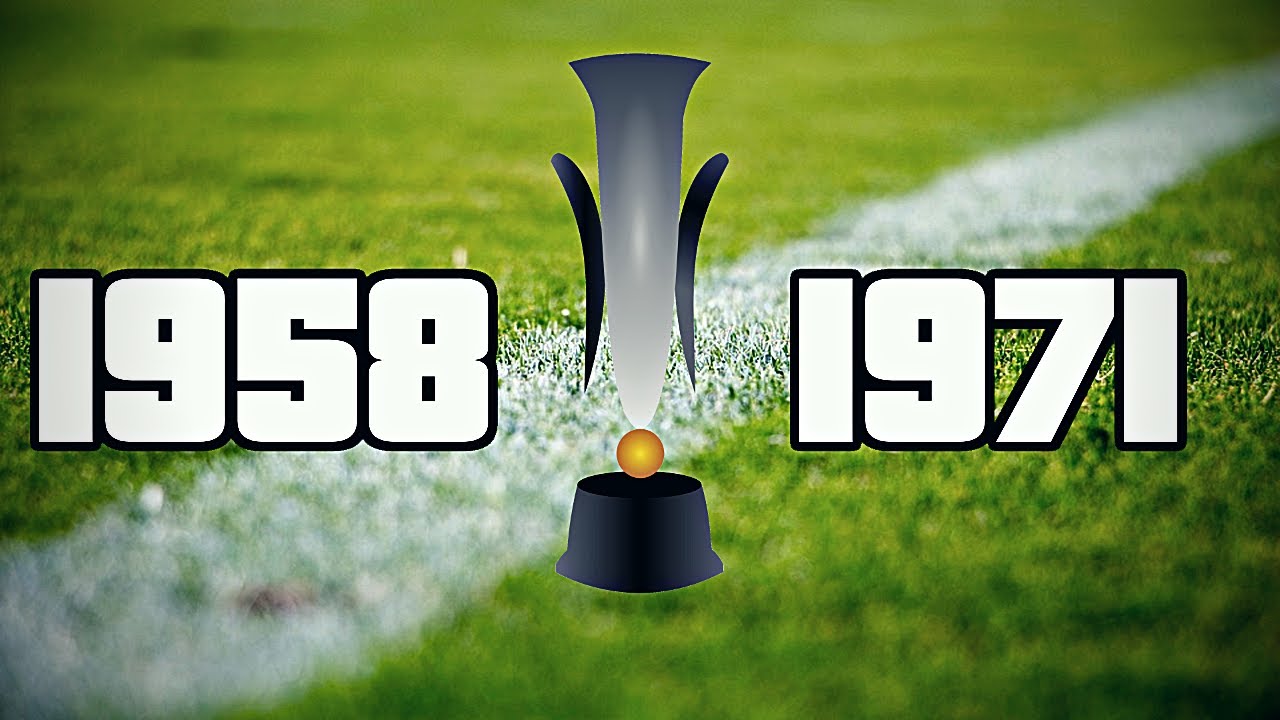
The Inter-Cities Fairs Cup: A Forgotten Chapter in European Football History
Before the UEFA Cup and subsequently the Europa League, there was the Inter-Cities Fairs Cup. Often overlooked in the annals of European football history, the Inter-Cities Fairs Cup holds a unique place as a precursor to modern continental competitions. This article delves into the history, significance, and legacy of this intriguing tournament, exploring its origins, evolution, and eventual absorption into the UEFA framework. The Inter-Cities Fairs Cup, while not officially recognized by UEFA as a major title, still provided a platform for many clubs to showcase their talent and compete on an international stage.
Origins and Establishment
The Inter-Cities Fairs Cup was the brainchild of notable football figures such as Ernst Thommen, Ottorino Barassi, and Sir Stanley Rous. Conceived in 1955, the tournament aimed to promote international trade fairs and foster goodwill between European cities. Initially, participation was limited to teams representing cities that hosted these trade fairs. This unique criterion set the Inter-Cities Fairs Cup apart from other nascent European competitions like the European Cup (now Champions League), which focused primarily on league champions.
The inaugural edition of the Inter-Cities Fairs Cup commenced in 1955 and concluded in 1958, reflecting the slow pace of international travel and logistical challenges of the time. Sixteen teams participated, representing cities such as Barcelona, London, Milan, and Zagreb. The final saw Barcelona defeat a London XI over two legs, marking the first triumph in the competition’s history. This victory cemented Barcelona’s early dominance and highlighted the tournament’s potential for attracting top-tier talent.
Evolution and Expansion
Over the years, the Inter-Cities Fairs Cup underwent several transformations. The initial format, which involved city-based teams, gradually shifted towards club representation. This evolution reflected the growing professionalism of football and the increasing importance of club identities. The criteria for participation also broadened, allowing more clubs from different leagues to compete.
The tournament expanded in size and scope, attracting clubs from across Europe. The Inter-Cities Fairs Cup became a valuable opportunity for teams outside the traditional powerhouses to gain international exposure. Clubs from countries like Hungary, Czechoslovakia, and Yugoslavia found success in the competition, challenging the dominance of teams from England, Spain, and Italy. This broadened representation contributed to the tournament’s appeal and fostered a greater sense of pan-European competition.
Key Teams and Memorable Moments
Several clubs left an indelible mark on the Inter-Cities Fairs Cup. Barcelona emerged as the most successful team, winning the title three times (1958, 1960, 1966). Their early dominance established them as a force to be reckoned with in European football. Other notable winners included Valencia (1962, 1963), Real Zaragoza (1964), Dinamo Zagreb (1967), and Leeds United (1968, 1971). These victories showcased the diverse range of talent and the competitive nature of the tournament.
The Inter-Cities Fairs Cup was also home to several memorable moments. The 1969-70 final between Arsenal and Anderlecht is particularly noteworthy. Arsenal, managed by Bertie Mee, overcame a 3-1 deficit from the first leg to win 4-3 on aggregate, securing their first European trophy. This dramatic comeback highlighted the unpredictable nature of the competition and the passion it inspired among players and fans.
Another memorable moment was Leeds United’s success in the late 1960s and early 1970s. Under the guidance of Don Revie, Leeds established themselves as one of the top teams in England and Europe. Their two Inter-Cities Fairs Cup victories demonstrated their ability to compete against the best teams on the continent. [See also: Leeds United European History] These successes helped solidify Leeds United’s reputation as a major force in European football during that era.
The Transition to the UEFA Cup
In 1971, the Inter-Cities Fairs Cup was officially replaced by the UEFA Cup. UEFA assumed responsibility for organizing and administering the tournament, bringing it under the umbrella of European football’s governing body. This transition marked a significant step in the evolution of European club competitions. The UEFA Cup retained many of the characteristics of its predecessor but benefited from greater standardization and increased prestige. The Inter-Cities Fairs Cup, though officially defunct, laid the foundation for the UEFA Cup’s subsequent success.
The UEFA Cup retained the format of a knockout tournament featuring teams from across Europe. However, UEFA introduced new regulations and structures to enhance the competition’s appeal and competitiveness. The UEFA Cup quickly established itself as a major European trophy, attracting top teams and generating significant interest among fans. [See also: UEFA Cup History] The legacy of the Inter-Cities Fairs Cup lived on through the UEFA Cup, which continued to provide a platform for clubs to compete on the European stage.
Legacy and Historical Significance
Despite its eventual absorption into the UEFA framework, the Inter-Cities Fairs Cup holds a unique place in European football history. It served as a crucial stepping stone in the development of continental club competitions. The tournament provided opportunities for clubs from diverse backgrounds to compete against each other, fostering a greater sense of European football identity. The Inter-Cities Fairs Cup helped to popularize the sport and pave the way for the modern Champions League and Europa League.
One of the key legacies of the Inter-Cities Fairs Cup is its contribution to the globalization of football. The tournament brought together teams from different countries and cultures, exposing players and fans to new styles of play and tactical approaches. This exchange of ideas and experiences helped to enrich the game and promote its global appeal. The Inter-Cities Fairs Cup played a significant role in shaping the landscape of European football and laying the groundwork for the modern game.
While UEFA does not officially recognize the Inter-Cities Fairs Cup as a major title, many clubs and fans still consider it to be a significant achievement. The victories in the tournament are often celebrated as part of a club’s history and legacy. The Inter-Cities Fairs Cup remains a reminder of a bygone era, when football was less commercialized and more focused on fostering goodwill and promoting cultural exchange. The Inter-Cities Fairs Cup, in its own right, represents a vital part of football’s rich and complex history.
The Inter-Cities Fairs Cup also holds a special place in the hearts of many football supporters who remember the early days of European club competitions. For these fans, the tournament represents a time when football was more accessible and less dominated by money and commercial interests. The Inter-Cities Fairs Cup evokes a sense of nostalgia and reminds us of the enduring power of football to bring people together. The Inter-Cities Fairs Cup is a testament to the passion and dedication of the players, coaches, and fans who contributed to its success.
In conclusion, the Inter-Cities Fairs Cup may be a forgotten chapter in European football history for some, but its impact and legacy are undeniable. From its humble beginnings as a tournament promoting trade fairs to its eventual absorption into the UEFA Cup, the Inter-Cities Fairs Cup played a crucial role in shaping the landscape of European football. Its contribution to the globalization of the sport and its promotion of cultural exchange make it a significant part of football’s rich and complex history. The Inter-Cities Fairs Cup remains a reminder of a time when football was more about passion and goodwill than commercial interests. The Inter-Cities Fairs Cup deserves to be remembered and celebrated for its unique contribution to the beautiful game.
The history of the Inter-Cities Fairs Cup is a fascinating study in the evolution of European football. From its initial focus on promoting trade fairs to its eventual transformation into a major club competition, the tournament underwent several significant changes. The Inter-Cities Fairs Cup provided a platform for clubs from across Europe to compete against each other, fostering a greater sense of pan-European competition. [See also: History of European Football] The Inter-Cities Fairs Cup helped to popularize the sport and pave the way for the modern Champions League and Europa League. The Inter-Cities Fairs Cup is a testament to the enduring power of football to bring people together and promote cultural exchange.
